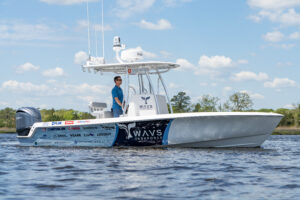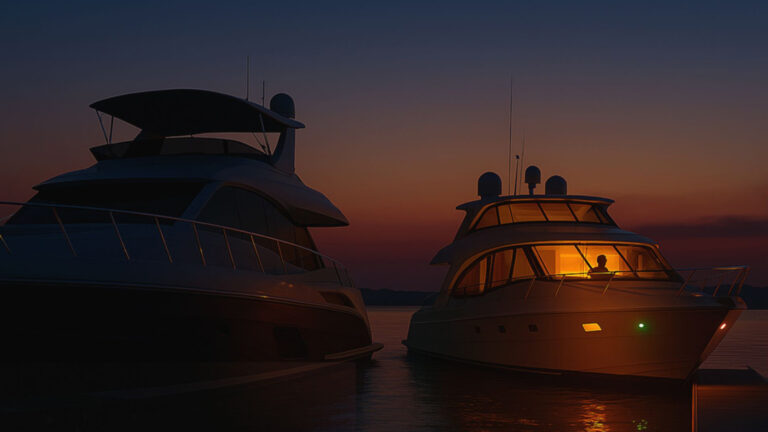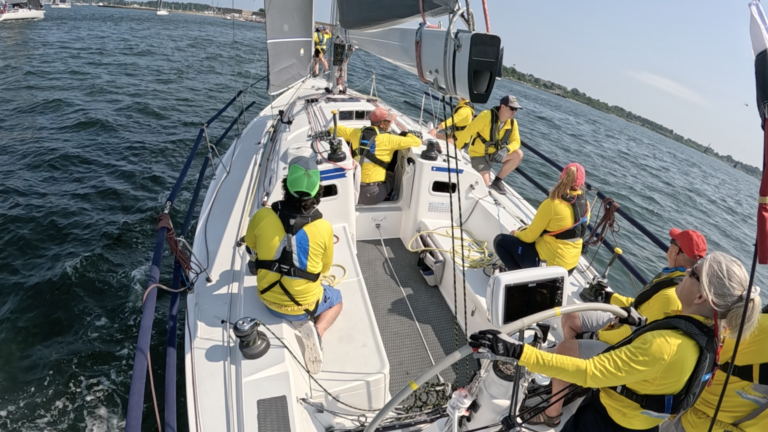The new light, compact and powerful Yamaha F200 makes a good fit for boats that include small and mid-size center consoles, bay boats and hybrids and pontoon crafts and aluminum boats, according to the engine manufacturer.
“The 200 makes tremendous sense because there are so many boats that can take that kind of power and benefit from a lightweight 200, as opposed to a heavier V6,” Yamaha communications manager Martin Peters says. “It is also a great motor for repowering because it fits on 26-inch centers. It is a narrow motor and easily could replace a lot of 2-strokes in the marketplace right now.”
At 487 pounds the F200 is 119 pounds lighter than Yamaha’s V6 F200 and 14 pounds heavier than Yamaha’s 2-stroke Z200 HPDI outboard. The F200 is built around a four-cylinder, 2.8-liter, 16-valve dual overhead camshaft powerhead “that breathes easily and responds quickly,” Peters says.
Yamaha unveiled the engine, along with a 150-hp 4-stroke — the V MAX SHO 150 — and its Helm Master joystick-equipped control system at a press event earlier this week in Bridgeport, Ala. It was the company’s largest new-product introduction since the 2009 debut of its F70 and V6 series of 4-strokes.
The new F200 complements the V6 version of Yamaha’s 200-hp 4-stroke, Peters says. Like its larger-displacement sibling, the four-cylinder F200 is equipped with Yamaha’s Variable Camshaft Timing System for quick acceleration and mid-range punch.
Yamaha calls the F200 “the lightest 200-hp 4-stroke on the market.” It’s a logical replacement for lower-horsepower or larger V6 outboards on mid-sized boats, and in twin applications the F200 can reduce overall weight on the transom, Peters says.
With the new 150-hp engine, Yamaha gives boaters the kind of acceleration out of the hole and torque associated with 2-stroke engines, Peters says. The engine will do a standout job of propelling bass boats as well as flats boats, he says.
“It’s a brilliant alternative to a 2-stroke,” Peters says. “If you look at the typical 2-stroke, it is lighter and has arguably better hole-shot, compared to most 4-strokes. What the V MAX SHOW brings is the benefits of a 4-stroke, along with 2-stroke performance. “
The engine company manufactures the V MAX SHO 150 with a 2.8-liter four-cylinder powerhead that employs double overhead cams, four valves per cylinder and counterbalance shafts for smooth performance, according to the company. At 480 pounds, the four-stroke V MAX SHO 150 weighs only 12 pounds more than Yamaha’s two-stroke VZ150.
Pricing was unavailable. The electronically controlled versions of the F200 will hit the market in May and the mechanically controlled models will be available in March. The V MAX SHO 150 will be available in July.
— Chris Landry










